Plans for a sweeping ban on HFSS promotions haven’t exactly blindsided supermarkets and suppliers. Considering the original government consultation dates back to January 2019, and talks of such a ban extend much further into history, they are far from out of the blue.
Still, it’s easy to sympathise with retailers and suppliers who warn introducing such monumental changes to our stores by April 2022 would be at best chaotic, and at worst financially catastrophic, for the industry.
Boris Johnson’s finalised proposals, which were snuck out almost under the cover of darkness over Christmas ahead of an eight-week technical consultation, have potentially enormous consequences for the industry’s promotional revenue as well as (hopefully) the war on obesity.
The proposed ban includes all volume-based deals such as bogofs and, crucially, promotions on aisle ends and in prominent locations. It could cost anywhere between £1bn a year, according to the government’s own estimate, and £3bn a year, according to a report by IRI.
Yet, as The Grocer revealed this week, the industry has been given a much shorter lead time to implement the changes than on other far less structural (although equally important) proposals. These include out-of-home calorie labelling, the soft drinks levy and Natasha’s Law – the latter due to come into force in October this year following a 25-month implementation period.
In contrast, the government is expecting supermarkets – and thousands of other retailers with stores of above 2,000 sq ft – to introduce huge changes to store layouts. Aisle ends, checkouts and store fronts will all need to be revamped within a space of months. And in the middle of a pandemic, too.
Indeed, the industry is still waiting for the government’s response to the technical consultation on the proposals, though it was meant for fine-tuning rather than radical rethinking.
Read more:
-
Supermarket bosses urge ministers to delay HFSS proposals
-
Report hits out at ‘healthy snacks’ with high levels of salt
-
Tesco shareholder challenge reminds Ken Murphy he must succeed on societal front
The government has been prepared to pump billions into the economy, including parts of the food and drink sector, in recognition that the current national crisis must take priority before life can return to normal. Yet it is charging ahead with a policy that represents a huge shake-up for the business models of retailers still battling to keep the nation fed.
Even the Treasury’s own forecasts rely on retailers being able to find healthier products to take the place of those “junk food” SKUs being sent to the naughty step, otherwise the true cost is likely to be far higher.
With food to go having ground to a halt, shoppers having deserted stores en masse to online grocery and the PM telling us to avoid unnecessarily handling products, let alone browsing the promo aisles to explore new health options, what are the chances of that succeeding?
Health campaigners are understandably on alert for any sign of the plans being watered down. But the government need not abandon its plans altogether. Instead, it should – as the consultation allows – look to fine-tune them and work with the industry to ensure they are joined up.
The industry is no longer fighting against the plans as a whole, but the detail, which is in itself a victory for campaigners.
All this comes after Tesco bowed to shareholder pressure and set a target of 65% of its range passing the government’s HFSS test by 2025. This suggests the war on obesity in supermarkets is back on with a vengeance, no matter what mixed messages come from government around public health policy.
Tesco phasing out thousands of unhealthy products is in itself going to have enormous consequences for suppliers and will hopefully open up opportunities for them to sell more healthy products.
Having a second look at the timeframe for implementing new legislation doesn’t have to mean losing that momentum altogether.



![XOXO-Product-Shot[ALL FLAVOUR]-Sky-1920x1080](https://dmrqkbkq8el9i.cloudfront.net/Pictures/274x183/4/9/2/355492_xoxoproductshotallflavoursky1920x1080_806584_crop.jpg)



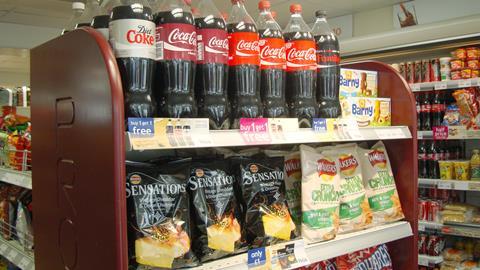
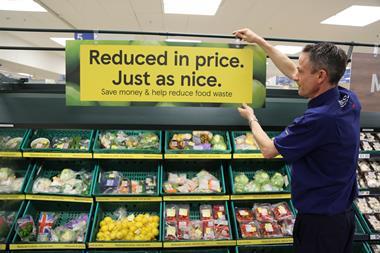




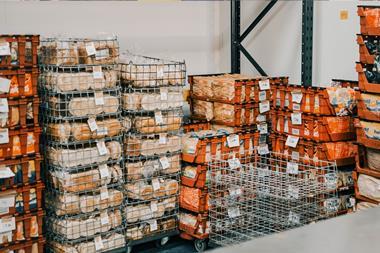

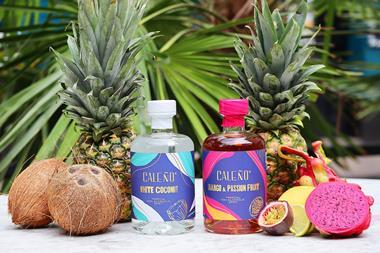



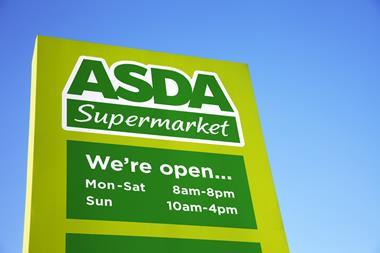
No comments yet